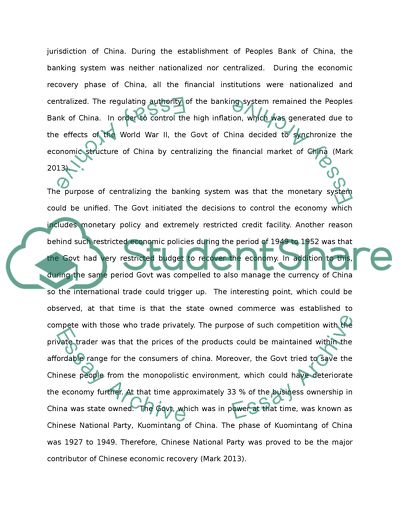Cite this document
(“The process of economic development and its effects in China in 1950s Research Proposal”, n.d.)
Retrieved from https://studentshare.org/history/1683235-the-process-of-economic-development-and-its-effects-in-china-in-1950s
Retrieved from https://studentshare.org/history/1683235-the-process-of-economic-development-and-its-effects-in-china-in-1950s
(The Process of Economic Development and Its Effects in China in 1950s Research Proposal)
https://studentshare.org/history/1683235-the-process-of-economic-development-and-its-effects-in-china-in-1950s.
https://studentshare.org/history/1683235-the-process-of-economic-development-and-its-effects-in-china-in-1950s.
“The Process of Economic Development and Its Effects in China in 1950s Research Proposal”, n.d. https://studentshare.org/history/1683235-the-process-of-economic-development-and-its-effects-in-china-in-1950s.


